Fork In The Road (artisan Wine Co)
Ganton & Larsen Prospect Winery (Artisan Wine Co)
The Lost Bars Icewine Okanagan Valley Vidal 2013
When in Canada!! Very thick, very sweet, light honey, apple. — 6 years ago

Punt Road
Napoleone Vineyard Shiraz 2015
Dark crimson with youthful purple tinges. Primary nose of raspberry spice and pepper. On the palate same delicious spice and pepper with good body and weight. As good as it is now it will be better with cellaring. From the near perfect growing season in the Yarra in 2015 it has a 1.5% splash of Viognier co-fermented with the Shiraz. 20% whole bunches. This Wine won the Trevor Mast Trophy for Best Shiraz at the Royal Melbourne Wine Show in 2016 and also the Best Single Vineyard Wine. At only $30 a bottle and a limit of 6 bottles it flew out the door and I was lucky to get a 6 pack back in October 2016. — 8 years ago
Apothic
Apothic Crush Smooth California Red Blend 2015
Smooth red as advertised. Enjoyed at home in Riverbend Resort, South Fork, CO 7-17-17 — 8 years ago
Band of Vintners
Consortium Cabernet Sauvignon 2014
From the folks who brought you (in label order from top to bottom) Anamoly and Zeitgeist, Hyde de Villaine and Long Meadow Ranch, Terra Valentine, Massican and Larkmead, Hobel and Milton Road Trading Co., lead by a Master Sommelier employed by Dana Estates, previously with Harlan, Bond, and Promontory, and the sell side being handled by a VP of marketing from Michael Mondavi's Folio.
The stated goal was to create the best pound for pound Cabernet Sauvignon in Napa (highest QPR). The band pooled resources and pulled favors, sourcing the grapes from "one of 'those' vineyards" that cannot be named due to a NDA. 18 months in 1-year old French oak. 15% Merlot and 2% Cab Franc round the balance of Cabernet Sauvignon.
I knew going in this would not be an over extracted fruit bomb, but upon opening I had my concerns that this might be too far in the opposite direction. Fortunately, after 30-45 minutes, it started adding weight like a prize fighter after weigh-in. Acacia flowers, melted licorice, black fruit, with plenty on mineral laced, satiny tannin. Give this an hour, wait for your second glass, and it will envelop you. 93+
And for the record, my guess is they sourced the grapes from a Spring Mountain vineyard. — 9 years ago

Enfield Wine Co.
Haynes Vineyard Syrah 2013
Grown two miles down the road and 12.9% abv. Very curious. Has a little bit of the drinkability of a Beaujolais, but the dark tannin structure of Napa cabernet. Spicy black pepper, but at this point, no roasted meat character. A little thin but solid tannin, fruit, and acidity. Will love to retry in a few years. — 10 years ago
Krebs Brewing Co.
Prairie Artisan Ales Brett C. Farmhouse Ale
Slightly bitter Bret intermingled with slightly tropical hop flavors. Not too big or overpowering, either. A nice balance is achieved in this medium-bodied brew. Well done. — 10 years ago
J. Cage Cellars
Tzabaco Rancho Vineyard Sauvignon Blanc 2014
This inaugural vintage blend of 60% Sauvignon Blanc Clone 1 and 40% Sauvignon Blanc Musque was co-fermented from selected vineyard rows and hand-harvested fruit. The wines were aged 40% in neutral French oak and 60% in stainless steel. Gooseberry, lemongrass and wet concrete on the nose and a mouthful of lime, white peach and pie crust on the palate. Only 50 cases produced. The future looks bright for this new, family owned, artisan winery. — 11 years ago
Rôtie Cellars
Northern Blend Walla Walla Valley Syrah Viognier 2016
Road tar, smoked black fruits, green olive, and loads of meaty, gamey notes emerge from the 2016 Northern Blend, which is 95% Syrah and 5% Viognier that was co-fermented and aged in used barrels. This big, sexy, exotic effort just screams Syrah and is full-bodied, has terrific depth of fruit, polished tannins, and just overflowing amounts of character and charm. Drink it any time over the coming decade or so.
Jebs review, can’t disagree. Great for $30.00 — 6 years ago
SpierHead
Pursuit 2012
She sprints into the fog laddened forest. Her white gown floating behind and showing glimpses of her calves and delicate feet.
You follow in hopes of a glimpse of her face or a kiss from her lips. You come to a fork in the road. Which way did she go?
Her laughter floats through the crispy air. The pursuit continues. — 7 years ago

Southold Farm + Cellar
Quiet Explosions Teroldego 2015
New year, new wine (no. 2): Italian grapes in North Fork, LI. Dark, brambly fruit, intensely flavored, floral and earthy undertones, lots of structure. Last vintage ever, though, as the winemaker’s calling it quits after a zoning fight (the region is in full backlash against encroaching urbanity, which the proliferating wineries have come to represent; Suffolk Co was - still is? - Trump country. I digress...) It’s great, experimental wine for an often cautious region. Stock up while it’s still around. — 8 years ago
Barón de Ebro
Reserva Rioja Tempranillo
Bought this in Farraghers on the sea road in Galway Co Ireland. Lovely rioja with a hint of liquorice and an undertone of dried fruit. Very full bodied!! — 9 years ago
Croft & Co. Port
Croft's Vintage Port Blend 1963
Dried ripe prunes, res raisins, brandied cherries & hot stewed blackberries on a sandy gravelly road in the dead of summer. Loved it. — 10 years ago
Rigamarole (Artisan Wine Co)
Okanagan Valley White Blend
Strong in taste...not to sweet — 10 years ago
Green Flash Brewing Co.
Road Warrior Imperial Rye India Pale Ale
This is actually a great Imperial IPA with a bit of a "brown" finish. I really like it. This is what you drink in front of the fire pit on a cold California evening while you stare in to the fire pits red burning coals. — 10 years ago
Marco De Bartoli
Riserva Marsala Superiore Grillo 1986
What is happening over here is an odd experiment that put together two fairly different elements, two opposit vision of life: the out-of-date Marsala "fortified Mistella" wine, aged in old cask which outcome of a pre-industrial and artisan era; therefore a plastic coffee cup synthesized from petroleum process, sad expression of our too-chemical contemporary age we're be subjected to in nowadays world.. I'm certainly on the Marsala De Bartoli side of the road weaving together my hands in the shape of a bowl to drink it like I was a cave man, till the end of time! http://www.marcodebartoli.com/en/ — 10 years ago
Bedrock Wine Co.
Schmiedt Road Lodi Zinfandel 2015
Couldn’t get over how pretty and light on its feet this Zin was. Looks like Nebbiolo in the glass. Sour cherry, dried herbs and flowers, mesquite smoke, sourdough yeast on the finish. Worthy accompaniment to some top tier bbq brisket by @Steven Perlman — 6 years ago
Château Brane-Cantenac
Grand Cru Classé en 1855 Margaux Red Bordeaux Blend 2005
I have a six-pack of this 05. I thought after 10 years in bottle, it would be interesting to check in on its evolution. While tasty, I’ll wait another 8-10 to open another. Even after 2-3 hours in the decanter, it’s still a very young adolescent. On the nose, slightly sour blackberries & dark cherries, dark currants, baked black plum, haunting blue fruits, anise, whiff of spice, steeped tea, dry stones, dry crushed rocks with dry top soil, caramel, vanilla with fresh & dry red florals. The body is thick & full. Tannins are starting to round out. It’s velvety on the palate. The fruits are; bright, fresh & ripe and really show the greatness of the 05 vintage. Dark currants, blackberries, dark cherries, baked black plum, haunting blue fruits, baked strawberries, cherries, raspberries on the long set, dark spice, clay & loamy dry top soil with crushed rocks, dry stones, cigar with ash, graphite, dry stems, slight herbaceous character, mint, used leather, clove, caramel, vanilla, fresh & dry red florals with violets. The round acidity is about perfect. The structure and length are still strong. The balance is in harmony. As for the long finish, it’s lush, ruby, rich and well polished. Photos of; Chateau Brane Cantenac, large wood vats, Henri Lurton and Estate vines. Producer notes and history...Chateau Brane Cantenac began in the early 17th century. At the time, the estate was known as Domaine Guilhem Hosten. Even that far back, wine was produced from the property. In fact, the wine was so highly regarded it was one of the more expensive wines in Bordeaux. It sold for almost as much money as Brane Mouton. This is interesting because of who went on to buy the vineyard in the 1800’s. The Baron of Brane, also known as “Napoleon of the Vineyards”, purchased the Chateau in 1833. At the time of the sale, the estate was called Chateau Gorce-Guy. To get the funds needed to purchase the Margaux vineyard, the Baron sold what is now called Mouton Rothschild, which was at the time of the sale, known as Chateau Brane-Mouton. Not such a good move with hundreds of years in hindsight! In 1838, the Baron renamed property taking his name and the name of the sector where the vineyards were located and called it Chateau Brane Cantenac. The Chateau later passed to the Roy family, who were well-known in the Margaux appellation in those days, as they owned Chateau d’issan. Moving ahead to 1920, the Societe des Grands Crus de France, a group of merchants and growers that owned several chateaux located in the Medoc including; Chateau Margaux, Chateau Giscours, and Chateau Lagrange in St. Julien, purchased Chateau Brane Cantenac. Five years later, M. Recapet and his son-in-law, François Lurton, took over Brane Cantenac along with Chateau Margaux. Lucien Lurton (the son of François Lurton) inherited Brane Cantenac in 1956. Today, the estate is still in the hands of the Lurton family. Brane Cantenac is owned and run by Henri Lurton. After being given the responsibility of managing Brane Cantenac, it was under the direction of Henri Lurton that large portions of the vineyard were replanted. Vine densities were increased, the drainage systems were improved and the plantings were also, slowly changed. The vineyard of Brane Cantenac is planted to 55% Cabernet Sauvignon, 40% Merlot, 4.5% Cabernet Franc and .5% Carmenere. Carmenere was used for the first time in the 2011 vintage. The only other Chateau I know that still uses Carmenere is Clerc Milon. The 75 hectare Left Bank vineyard of Brane Cantenac is essentially unchanged since it earned Second Growth status in the 1855 Classification. At least that is the case with the 45 hectares used to produce the Grand Vin of Brane Cantenac. Those 45 hectares are planted surrounding the Chateau. Those vines are located just in front of the Cantenac plateau and are the best terroir that Brane Cantenac owns. They have other parcels, which are further inland and much of those grapes are placed into their second wine, Le Baron de Brane. Those additional hectares can be divided into 3 main sections. Behind the Chateau, they have 15 hectares of vines on gravel and sand, 10 hectares across the road with sand, gravel and iron and a 13 hectare parcel with gravel called Notton, which is used for their second wine. The vineyard is planted to a vine density that ranges from 6,666 vines per hectare on the plateau and up to 8,000 vines per hectare for the vines located behind chateau, in their sandier soils. The higher levels of vine density are always found in the newer plantings. The terroir of Brane Cantenac consists of deep gravel, sand and clay soil. Experiments in the vineyards are currently looking at becoming more organic in their vineyard management. Today, more than 25% of Brane Cantenac is farmed using organic farming techniques. It is expected that over time, the amount of hectares farmed with organic methods will be increased. Brane Cantenac has gone through 2 relatively recent modernization’s in 1999, when they added began adding the first of their smaller vats to allow for parcel by parcel vinification and then again in 2015 when they completed a much more complete renovation of their cellars and vat rooms. While Brane Cantenac is a traditional producer, they are no stranger to technology as they were one of the first estates to embrace optical grape sorting machines. In very wet vintages, they can also use reverse osmosis. To produce the wine of Chateau Brane Cantenac, the wine is vinified in a combination of temperature controlled, traditional, 22 oak vats, 18 concrete tanks and 20 stainless steel vats that vary in size from 40 hectoliters all the way up to 200 hectoliters, which allows for parcel by parcel vinification. 40% of the fermentation takes place in the oak vats. The oldest vines are vinified in vats that are selected to allow for separate parcel by parcel vinification. The younger vines are vinified more often together in the same vats. However, the Carmenere is entirely micro-vinified, meaning that those grapes were completely vinified in barrel, using micro-vinification techniques. This can also happen because the amount of grapes produced is so small. Some vats can be co-inoculated, meaning they go through alcoholic fermentation and malolactic fermentation simultaneously. At Chateau Brane Cantenac, malolactic fermentation takes place in a combination of French oak tanks and barrels. The wine of Brane Cantenac is aged in an average of 60% new, French oak barrels for 18 months before bottling. The initial 2 months of aging is done with the wine on its lees, which adds more depth to the wine. There second wine is Le Baron de Brane. Le Baron de Brane is not new. In fact, previously, the second wine went under the name of Chateau Notton, which took its name from one of the main parcels where the grapes were planted. During the late 1950’s and into the 1960’s, having a second wine was important as the estate declassified 3 vintages, due to extremely poor, weather conditions in 1956, 1960 and 1963. Production of Chateau Brane Cantenac is about 11,000 cases per year. — 8 years ago
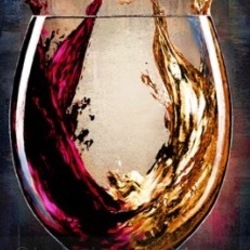
Krebs Brewing Co.
Prairie Artisan Ales Bomb! Imperial Stout
Pretty impressive beer. Holds its booze in check, but not hidden. — 11 years ago
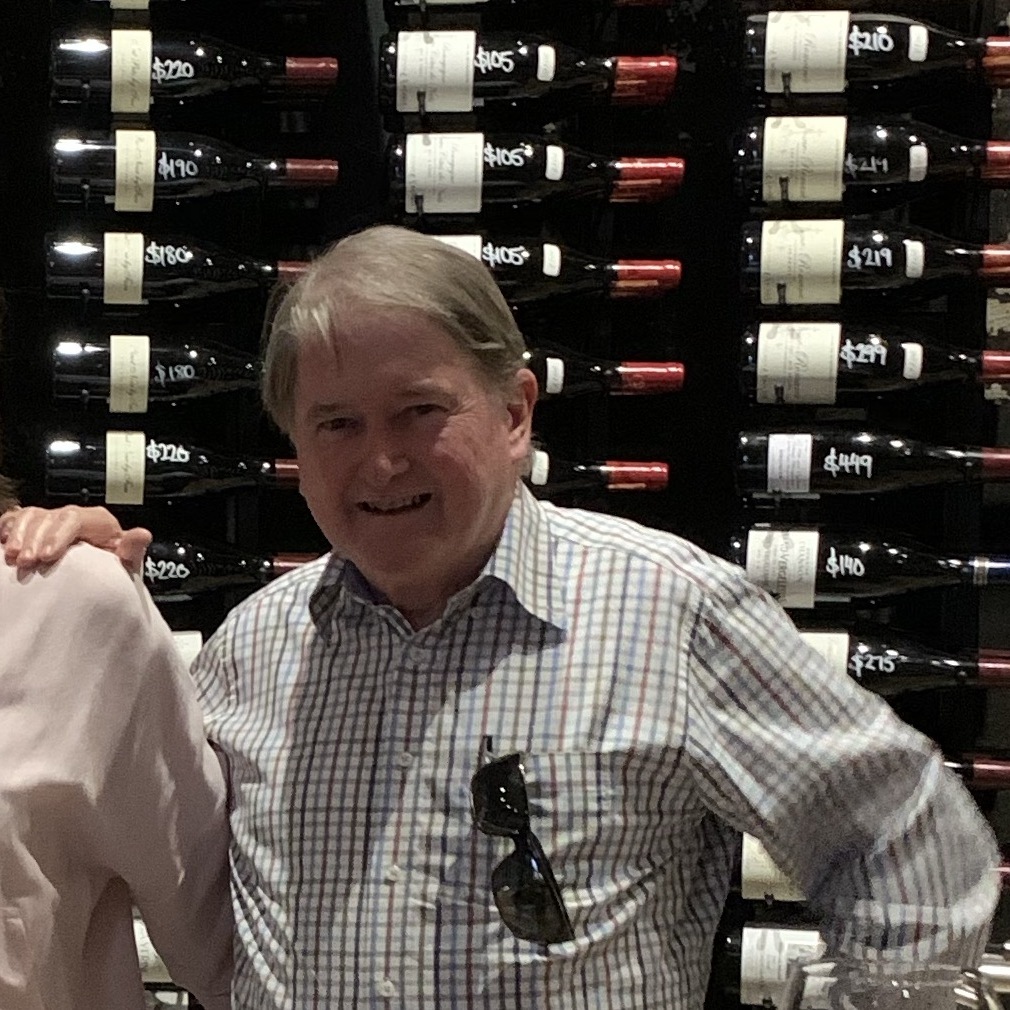






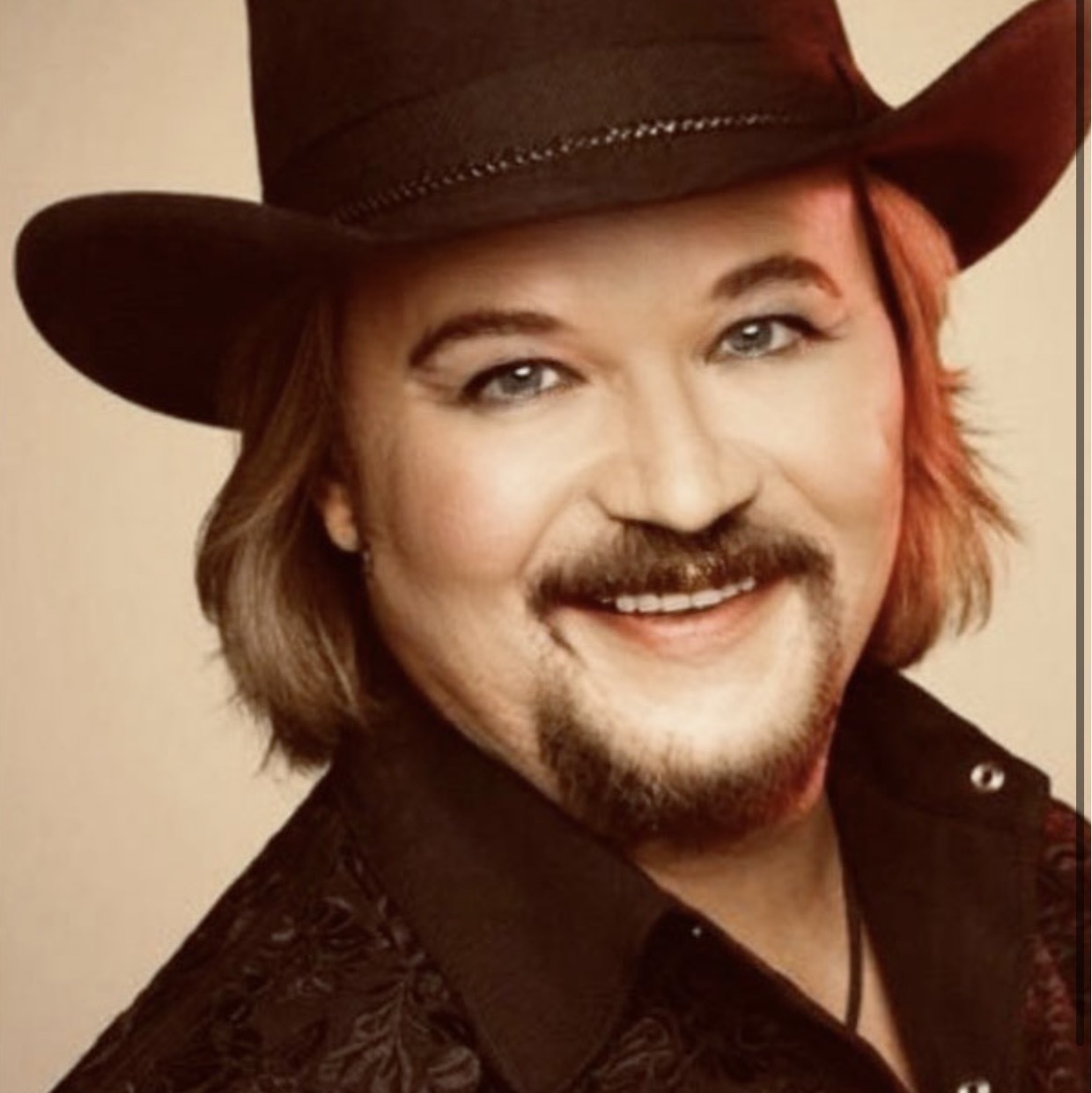
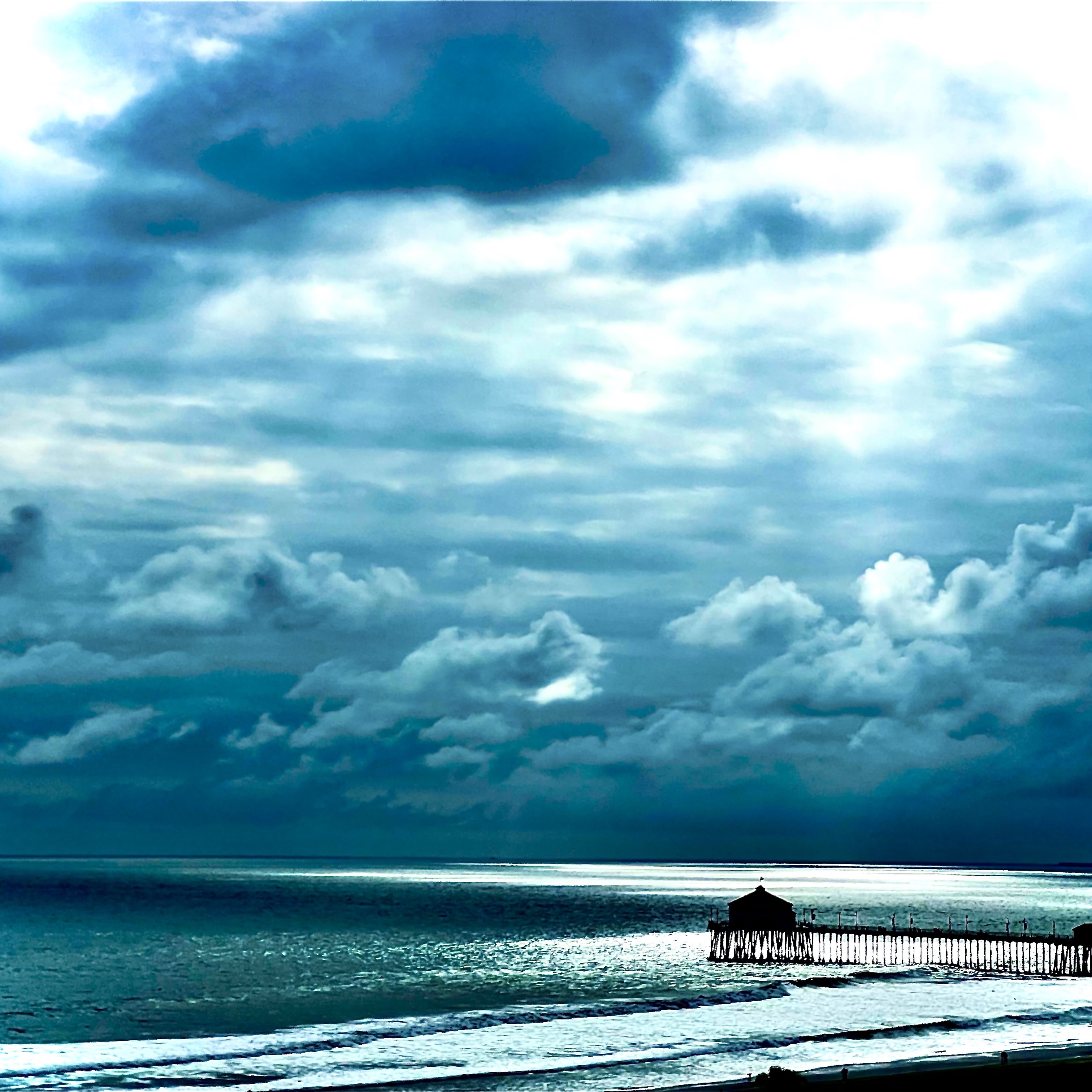









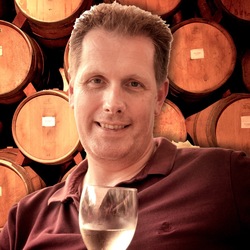

Melissa Simpler
Enjoyed this wine at Blind Dog in Park City. Outstanding Pinot Noir. Fruity and smooth. Only 32 barrels made so may not be easy to find, but if you find it, buy it! — 6 years ago